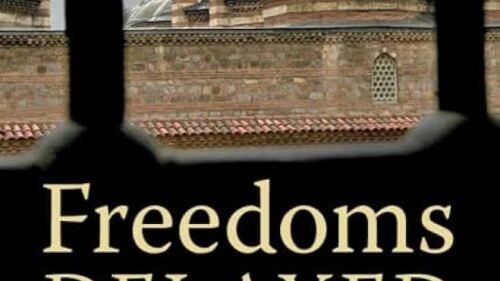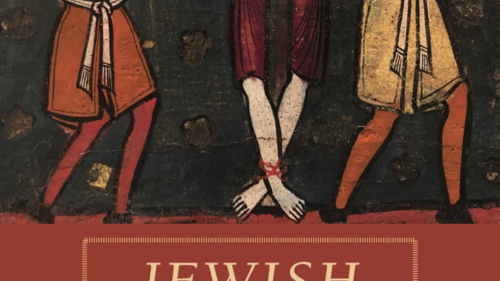Neither of these two books delivers what it advertises.
Barrett, a Business Week reporter, has produced a volume with a subtitle regurgitating the increasingly vapid cliché about conflict over the soul of Islam. Such a contest indeed exists and is quite serious, but Barrett appears bereft of knowledge of the sharpness of its ideological expressions today, or even what the “soul of Islam” might be. (To be fair, few others who use this nostrum have any idea of its meaning.) He has crafted a series of vignettes that do everything but present every last Muslim in America as an essentially harmless figure out of a Norman Rockwell illustration or, perhaps, a Rockwell image rendered as Persian miniature.
In his worst chapter, titled “The Imam,” Barrett offers a syrupy biography of a virulent Islamist agitator, the African-American Siraj Wahhaj,[1] born Jeffrey Kearse. Barrett’s chronicle begins in the Masjid at-Taqwa in Brooklyn, a notorious center of Sunni bigotry and anti-American demagogy[2] and presents Wahhaj as “the pride of the neighborhood and one of the most popular Muslim preachers in the country.”
The sugarcoating of Siraj Wahhaj is duplicated throughout Barrett’s other chapters without much that is relevant about the real difficulties of an American Islam under extremist dominance. Most of his subjects are people either questionable or marginalized: “The Publisher,” Osama Siblani, is a radical Arab media figure in Michigan. “The Scholar” deals with stealth Islamist Khaled Abou el-Fadl of the University of California at Los Angeles law school; “The Feminist” is Asra Nomani, who criticizes discrimination against women but takes a pass on Islamist ideology as a whole; “The Mystics” are followers of the Sufi sheikh Hisham Kabbani, but Barrett dismisses Kabbani’s efforts against Islamist agitators as “broad-brush labeling.” “The Webmaster,” a Saudi Wahhabi living in Idaho, Sami al-Hussayen, is flattered as a dissident voice Americans should protect. A biography of Mustafa Saied, defector from Islamist ideology, ends the tome.
Abdo, a correspondent for various newspapers, finds no evil anywhere in American Islam. Her main narrative begins with a wide-eyed visit to the strident and bigoted American Wahhabi-turned-Sufi Hamza Yusuf Hanson.[3] To Abdo, this dilettante is a “sheikh,” for she never questions his credentials, much less analyzes his public declamations. Particularly amusing is the plaintive moan from one of the most ambitious and attention-grabbing individuals to emerge from American Islam about “exhaustion at being the public face of Islam.” The rest of Abdo’s book is similarly inadequate, replete with personal experiences and geopolitical banalities but without context for the present radical monopoly over the leadership of American Islam.
If these books have no value to scholars or analysts of American Islam, they do offer irrefutable evidence of American journalism’s bankruptcy in the face of Islamism.
[1] See for example, “Stoning advocate to address Connecticut crowd. Imam who forecast ‘crumbling’ democracy to address ‘Islamophobia’ event,” WorldNetDaily.com, July 4, 2007.
[2] The Wall Street Journal, Oct. 24, 2003.
[3] The Washington Post, Oct 2, 2001. Hanson referred to Judaism as “a most racist religion.”



